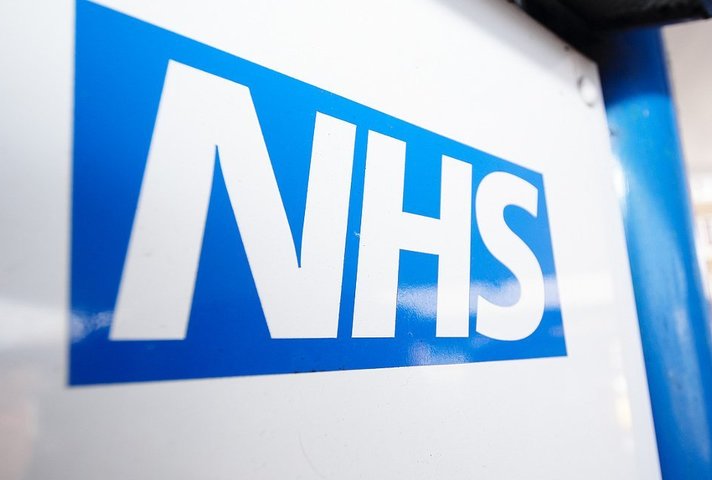The Sustainability and Transformation Plans might not have any obvious clout, but David Walker warns against writing them off too soon.
David Walker warns against ignoring STPs – Photo credit: David Walker
They are the Sustainability and Transformation Plans that are being drafted for every local area in England. They are being driven by NHS England, but don’t write them off as just another inward-looking health initiative.
Related content
BT appointed for £10m digital health data project
Councils urged to adopt NHS information governance assessment toolkit
The STPs embrace local authorities. Some are even led by council chiefs. It’s not entirely naïve to imagine they could – at last – become a means of integrating social care and public health, maybe even housing, children’s and other services on which healthfulness and wellbeing in the widest sense depend.
STPs are being written in 44 areas. They are meant to describe how hospitals, GPs, community and mental health services can work better together. They involve, among other prospects, rolling back the foundation trust model for healthcare providers, invented by Alan Milburn for Labour 15 years ago.
They are about money, naturally. NHS England and NHS Improvement (the quango that recently took over financial regulation of trusts) want to squeeze the cost base, cap spending on agency staff and push shared services and back office collaboration.
STPs, if you listen to some people, are a possible means of persuading the Treasury to put more money into the NHS (although post-Brexit politics mean all financial assumptions are even more uncertain than).
The plans will have to examine IT networks and make some ‘invest to save’ provision, maybe even move to co-locate services and rationalise assets. As yet, though, they are just that – plans.
Spending decisions remain with the commissioners and the NHS trusts running clinical services. But in some areas, on-the-ground collaboration is leading to the creation of joint ventures with semi-autonomous budgets, for instance in Hillingdon in west London.
I recently chaired a conference launching the Breaking Barriers report, making the practical case for joining social care and NHS provision. At it, the chief executive of Bradford City Council, Kersten England, reported positively on the construction of a public services hub, encompassing multiple service lines in the West Yorks city.
The astute health commentator Roy Lilley is right to say STPs could “put some strategy back into the NHS”. They could realise the ambition set out by the Local Government Association, social services directors and the NHS Confederation: basing local systems on “the best use of digital technologies to allowing information to be shared [on] a common basis for care records, on an individual and population-wide basis”.
Mutual invisibility
Suppliers are not going to get carried away. The NHS is prone to initiativitis. How long, cynics ask, before STPs lose their flavour and, like discarded toys, get stuck under the bed along with all the other once-fashionable proposals to sort out health costs and service integration?
As for the bridge (or should that be chasm?) between councils and NHS trusts… STPs won’t remove differences in law, accountability and culture between town and county halls on the one hand and clinics and hospitals on the other.
Or, indeed, sheer mutual invisibility. Recently, BT won a big ICT framework contract for the Westminster, Kensington & Chelsea and Hammersmith & Fulham; it was let without much, if any, regard to NHS participation, even though the tri-borough area is seeing some interesting collaborations across boundaries and services.
I can hear the realists asking plaintively – just what have the STPs got that the existing NHS plan for digital joining together hasn’t? Digital road maps have been in place for several months and there are 83 of them, nearly twice as many areas as the STPs cover.
But a lot of NHS and local government IT work is performed by the same companies. Could it be that much of the joining up potential rests with the private sector – albeit depending on substantial changes to the competition and procurement regime?
But if, under the radar, NHS protocols are being abandoned to allow incumbent providers to plan joint operations ahead without fear of losing their contracts, why not the same for IT suppliers?
Ultimately, though, the STP opportunity will depend on money and there is no need to reiterate the uncertainties around NHS spending, both in aggregate and at the level of (generally loss-making) trusts.
There, recently, at the NHS Confederation annual conference was the prophet of the STPs, Simon Stevens warning that care redesign in the STP areas that relied on heavy capital spending were unlikely to be financeable.
Yet in the same speech he talked up iPhone apps that turn the instrument into a low-cost and mobile ECG machine: two million people have atrial fibrillation, which is a major cause of stroke.
Under STPs, health bodies and councils could come together to work preventing people needing expensive care, saving both the NHS and local government future spending.



